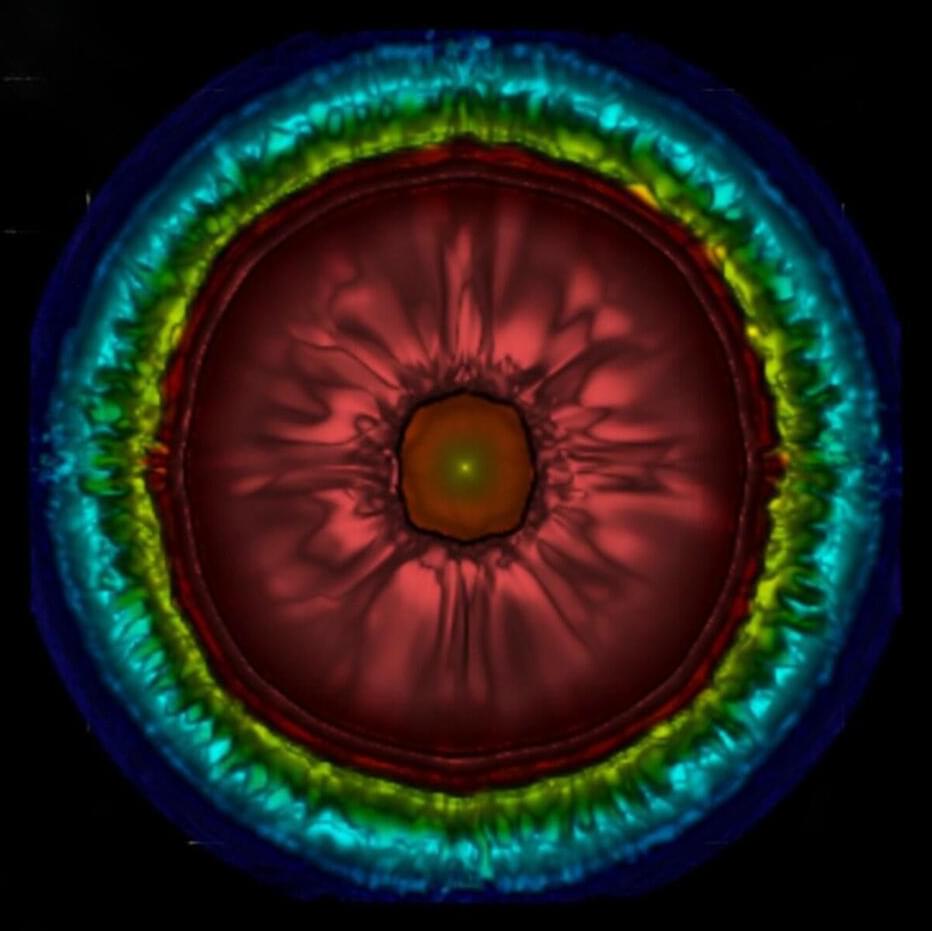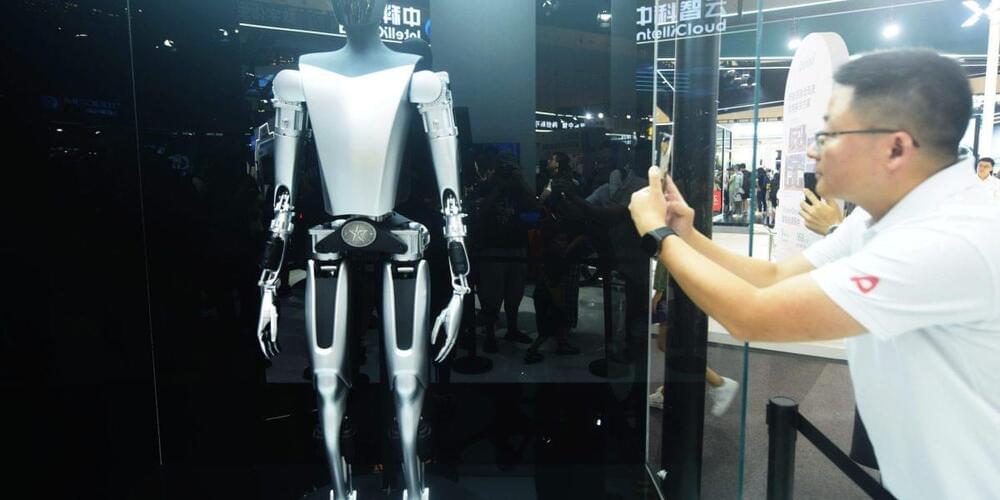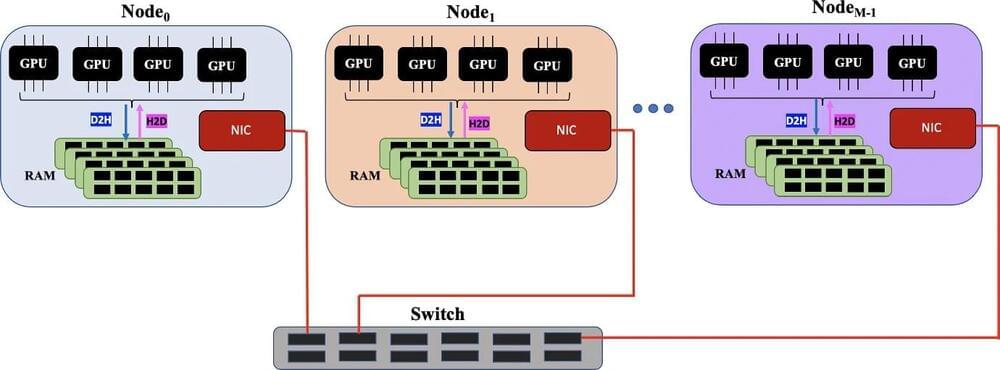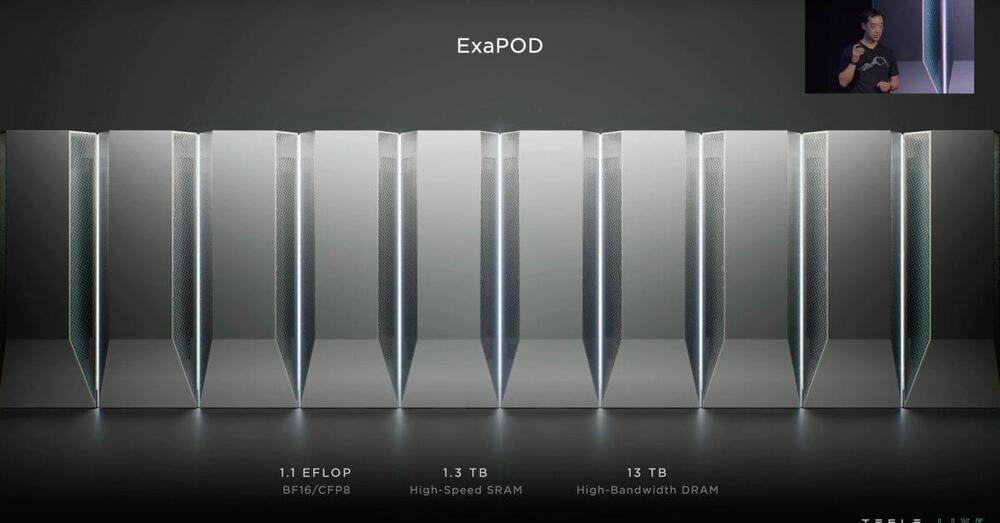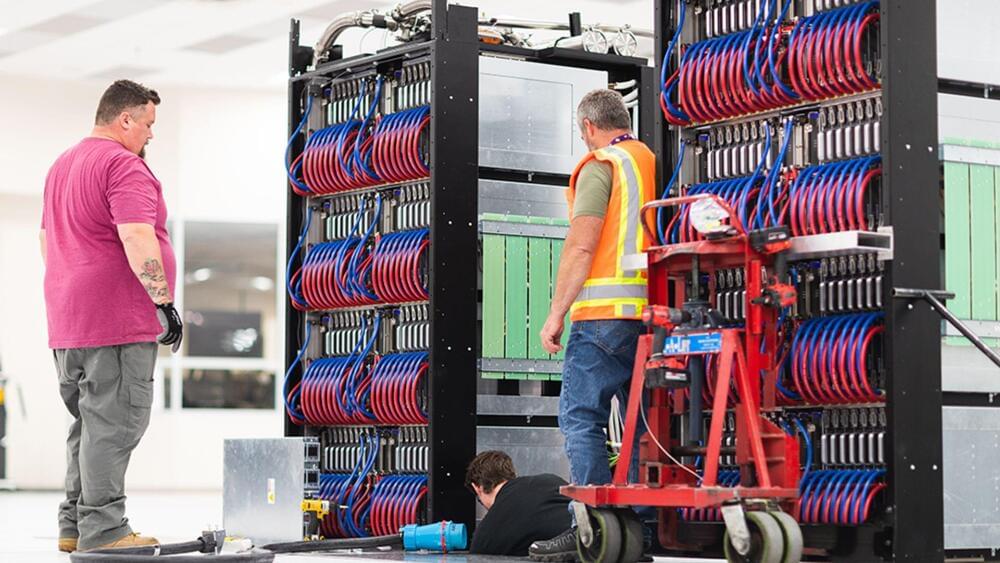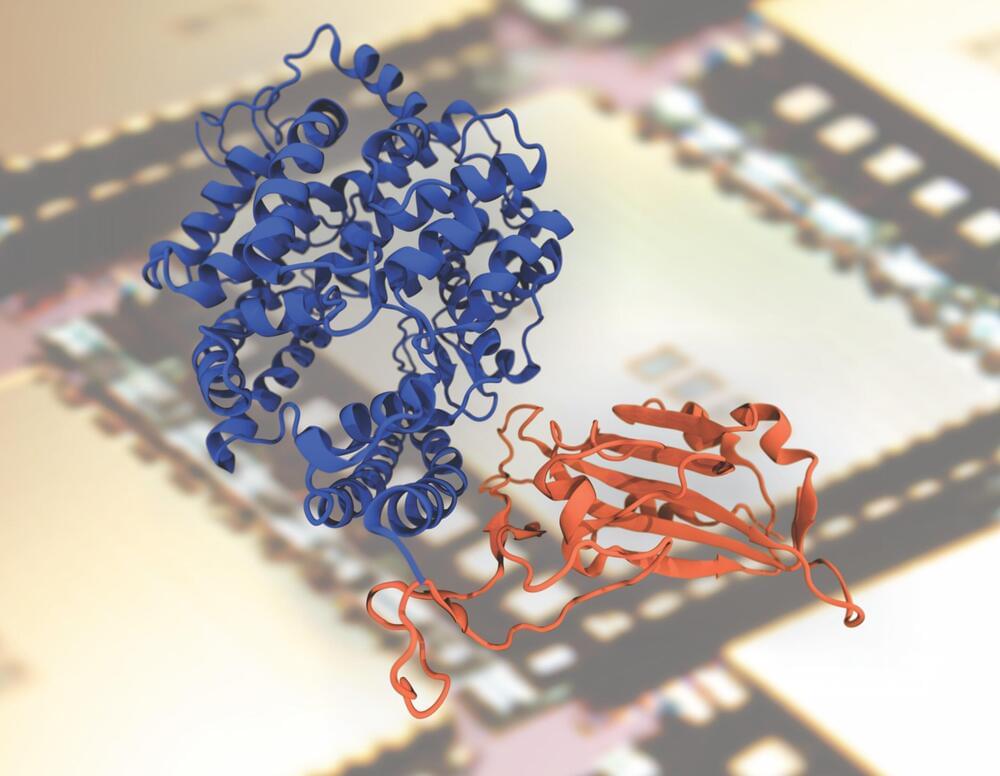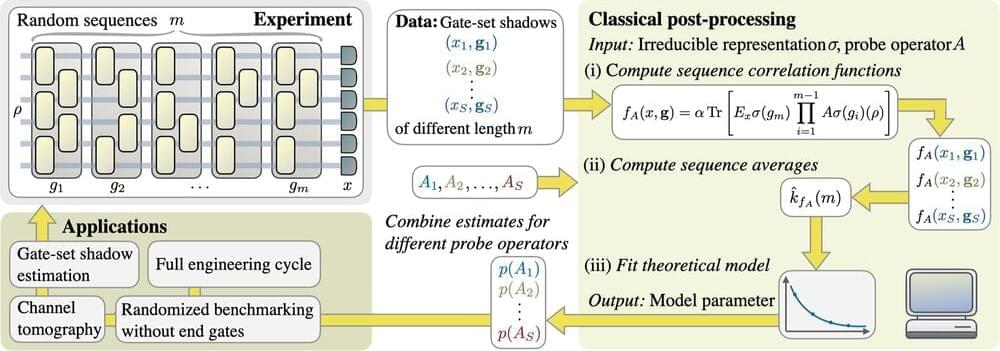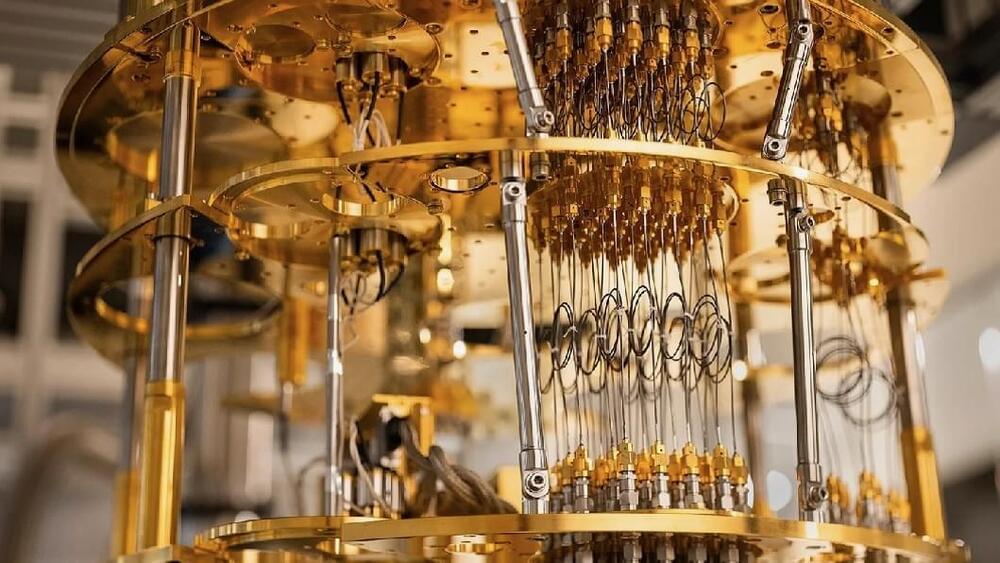According to supercomputer guru, even despite sanctions, China has more supercomputers than the US.
A supercomputer is faster, more expensive, and much bigger than your humble personal computer. They are used by scientists and researchers in tech companies and labs to test theories and models with intensive databases.
Keeping a tab on which is the fastest supercomputer in the world is the Top500 List, which comes out twice every year – in November and June. It is the most coveted and sought-after ranking of the top supercomputers in the world. However, over the years, the rankings have been affected due to sociopolitical factors.

